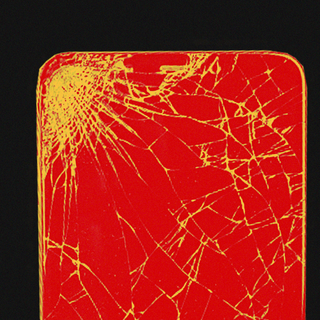Black holes may have a cosmic superpower that complicates what we thought we know about them, while also paving the way to understand the universe like never before. New research shows that black holes have the energy conditions to forge heavy elements within them, such as gold and silver.
To put this into context, chemical elements like gold, silver, thorium, and uranium have so far only been known to originate under extreme astrophysical conditions, like stellar explosions.
The research, published in the Monthly Notices of the Royal Astronomical Society, finds black holes capable of extreme conditions to effectively create gold and other elements. The researchers compared it to other cosmic conditions, such as neutron stars colliding. The findings can help investigate how heavy elements originate in the universe.
The creation of elements has always intrigued scientists. Where does gold come from? How are these elements formed? What are the ideal conditions for element formation? It wasn’t until 2017 that scientists detected heavy elements could indeed be a result of cosmic collisions. They observed a neutron star merger, and found that the resultant gravitational waves and electromagnetic radiation were indeed powerful enough to form gold, platinum, and other heavy metals.
In the current paper, researchers show how this process occurs in newborn black holes in particular, which are orbited by an accretion disk of hot, dense matter. The composition and density of this disk are relatively less understood, but it serves one purpose: it facilitates the conditions for excess neutrons to form. In this environment, neutrinos (which are electrically neutral and have minimal mass) play a key role as they are emitted in abundance. They further accelerate the conversion of protons to neutrons. “A high number of neutrons is a basic requirement for the synthesis of heavy elements,” researchers noted.
Related on The Swaddle:
In A World First, Scientists See Black Hole Colliding With a Neutron Star
In other words, as it sits in swirling chaos, the black hole swallows dust and gas from its environment and possibly turning it into chemical elements.
After the Big Bang, the universe was just helium and hydrogen, until stars were born and the atomic nuclei in their cores began to collide. These nuclear fusions gave way to slightly stronger elements like iron and carbon. But it takes a massive star to die, resulting in a supernova, for heavy metals like gold and silver to form.
Researchers also found what is the most efficient element churning factories out there. In a comparison between black holes and neutron stars, the latter would win. “This sweet spot in which heavy elements are produced most prolifically is a disk mass between 1 and 10% of the mass of the Sun,” ScienceDaily noted. Neutron stars usually have an accretion disk mass in the aforementioned range, which make them highly prolific in making gold.
The current research then does two things. It shows black holes are a promising candidate too, in addition to neutron stars. This can also provide extremely novel insight into the origin and creation of these metals. “The predicted abundance of the formed elements provides insight into which heavy elements need to be studied in future laboratories to unravel the origin of heavy elements,” researchers said.




